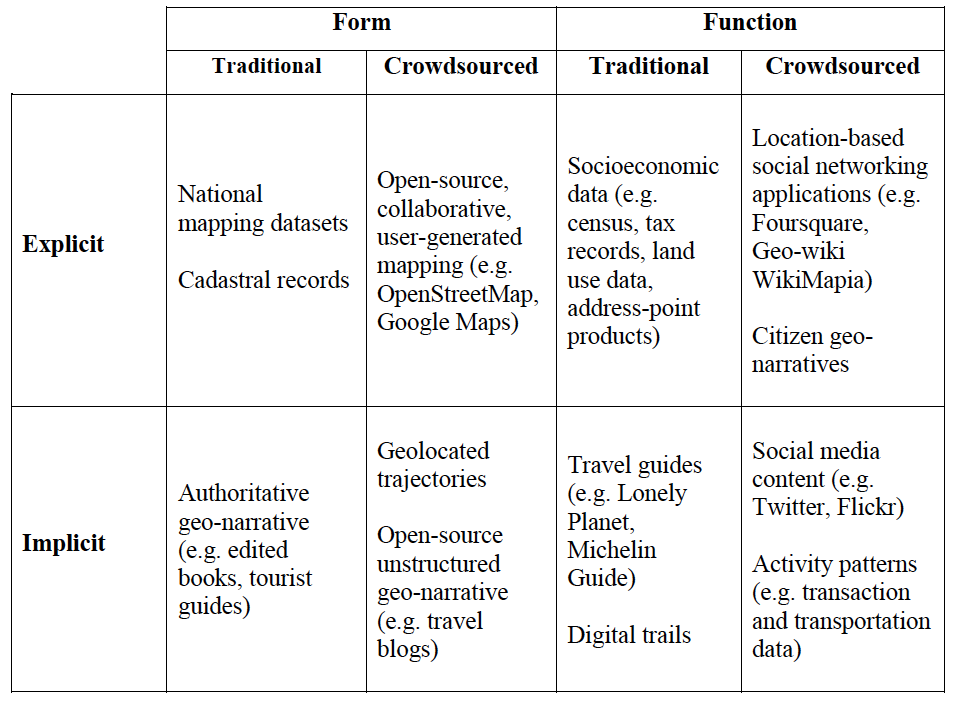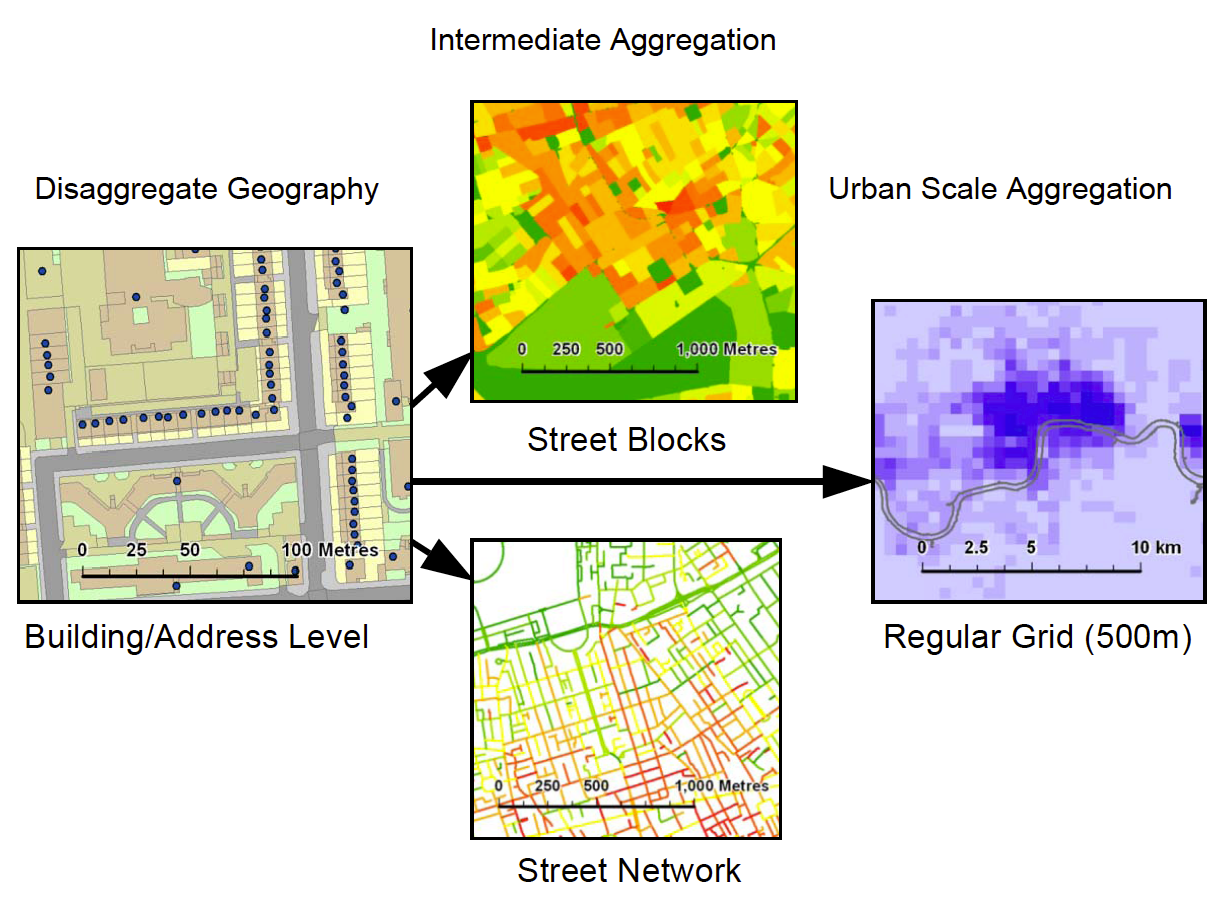The internet has opened up new resources for funding opportunities. Platforms to advertise projects and find sponsors and funders are developing fast. On such platform is Kickstarter, where developers can promote their project and ask for funding to develop prototyps and deliver products. Others are Go4funds, JustGiving or Profunder. They all have their specialities and niches but essentially they are all about projects and proposals that need to be funded.
A new project called Spacehive has come up in the UK with its own niche in this popular funding circus. The focus is on building projects as they call it neighbourhood improvement projects. As it says on the page “For people with inspiring project ideas, Spacehive allows you to pitch for support and funding from your community. For everyone else it’s a refreshingly easy way to transform where you live: just find a project you like and pledge a donation. If it gets funded, it gets built!”
The founder Chris Gourlay describes the Spacehive as the world’s first online funding platform for neighbourhood improvement projects. The project went live only last December (2011-12-07) and has so far listed a total of seven projects. These range from a Rooftop Aquatic Farm to a Dog Training Facility to the Community Centre project in Glyncoch.
As far as the projects range so do the costs. The platform has no cost restriction or a minimum. For examples the community centre wants to raise some £792,578 and the Revive North Pond project needs £42,320 or the Stokwell Urban Oasis needs only £2,952.
So far none of the projects have been successful. In fact the Glyncoch centre will be the first project to hit the dead line on the 30st of March. The projects currently needs a further £23’000 to go ahead next month. The next 22 days will be nerve racking for the project officials who desperately want their project to go ahead.

Image taken from gka.org / The existing community centre in Glyncoch built in 1977. Could do with an update no question about that.
The media has already responded to the project and BBC has reported from Glyncoch after Steven Fry has tweeted about it. The social media is quick in picking stuff like this up and once more Twitter was the media of choice to discover the Spacehive platform. With over 4 million followers Steven Fry tweeting about it is great promotion and the community hopes this will bring the project the remaining money in funds they are short.
The projects are however not purely community funded. The Glyncoch project for examples has already had funding of 95% when is was listed on the Spacehive platform. This funding is Government money the village was promised for a new community centre. Only the remaining £30’000 the project team is trying to raise on the internet for the new centre to serve the 4’125 strong community.

Image taken from spacehive.com / The newly proposed community centre for Glyncoch to be built for 7. There are no plans of or drawings, mentions of a program or what kind of facilities exactly it will offer. Its only a simple SketchUp image showig some building form the outside. Very difficult to see how it will unfold its qualities but it seems to be enough to try and rais substantial amounts of money.
Getting the public involved in local projects is nothing new interesting however, is the way the new trend on the internet is pushing terminologies and understandings of such projects. What does it mean if such a project for a community centre that is desperately needed is now promoted a crowd funded project. How does that change the responsibility previously carried by official government bodies and what does such a model mean for the next generation of urban project?
Platforms for crowd funded projects are nothing new as we have discussed above. THey work for software and app development, for products and now also have their big platform for art, but does it work for community projects? Can such a model replace the states responsibility to deliver and maintain standards in communities including infrastructure and facilities like a community centre.
The current UK Government will be very pleased if such a funding process takes off and becomes a model for other community project. It will mean that even in the delivery for public projects competition and free market can be introduced. Cameron could try and argue that the best promotion team could win any community the much deserved project with the add-on of ,if they can’t, they don’t deserve it. Let the crowd decide who needs what. It fits perfectly with the Tories plan to run schools privately as academies, privatise the police as outsources services to private security providers and now also let public projects be delivered privately.

Image taken from spacehive.com / A project for A Roof-top Aquaponic Farm for London! producing fish and vegetables is one of the other projects looking for funders on the Spacehive platform. This project will need £45,602 to go ahead. The project is promoted by urbanFarmersUK a project related to urbanfarmers.ch a Group based in Zuerich, Switzerland.
A state and especially a planning and urban development does’t work like that. Values, excellence and quality are not something that is naturally delivered in the free market. Urban planners and practitioners have to stand for such qualities with their expertise. The future of our cities is not to be placed in the hands of lay people, for such important tasks experts should be put in place to develop such plans for the interest of the community.
The deliver should similarly be payed by the state or the local government using the taxes. People already pay a contribution to the community and this should be directed into such projects. The people from Glyncoch have all payed their tax towards this community centre and its not the point to now turn around and say well we are 30’000 short so all of your pay £10 extra and it will get payed. They already have payed!
Further more developing such funding options for urban development will change the responsibilities. The government will no longer be in charge and therefore also looses the power to controle what is happening. Who will be setting the standards and guidelines if the new road or bridge or dump is crowd funded? It will be very easy for large companies and businesses to manipulate such a process and get it don their way whilst ignoring all regulations and guidelines by pretending to work with the community.
Especially here in the UK it will be dramatic since the current development frameworks already are heavily influenced by private interests with the local authority and the government having very weak measures and tools to develop a community based vision. Other countries such as Germany, the Netherlands and Switzerland have much better developed frameworks and instruments for urban planning and community development.
It will be vital to strengthen the public official in delivering such community projects and bring back authority to plan ahead and deliver. This is the only way for consistent and sustainable development of the communities through out the country. The public can privatise these responsibilities they have to remain in the powers of the authorities.
Continue reading »
![]()
















